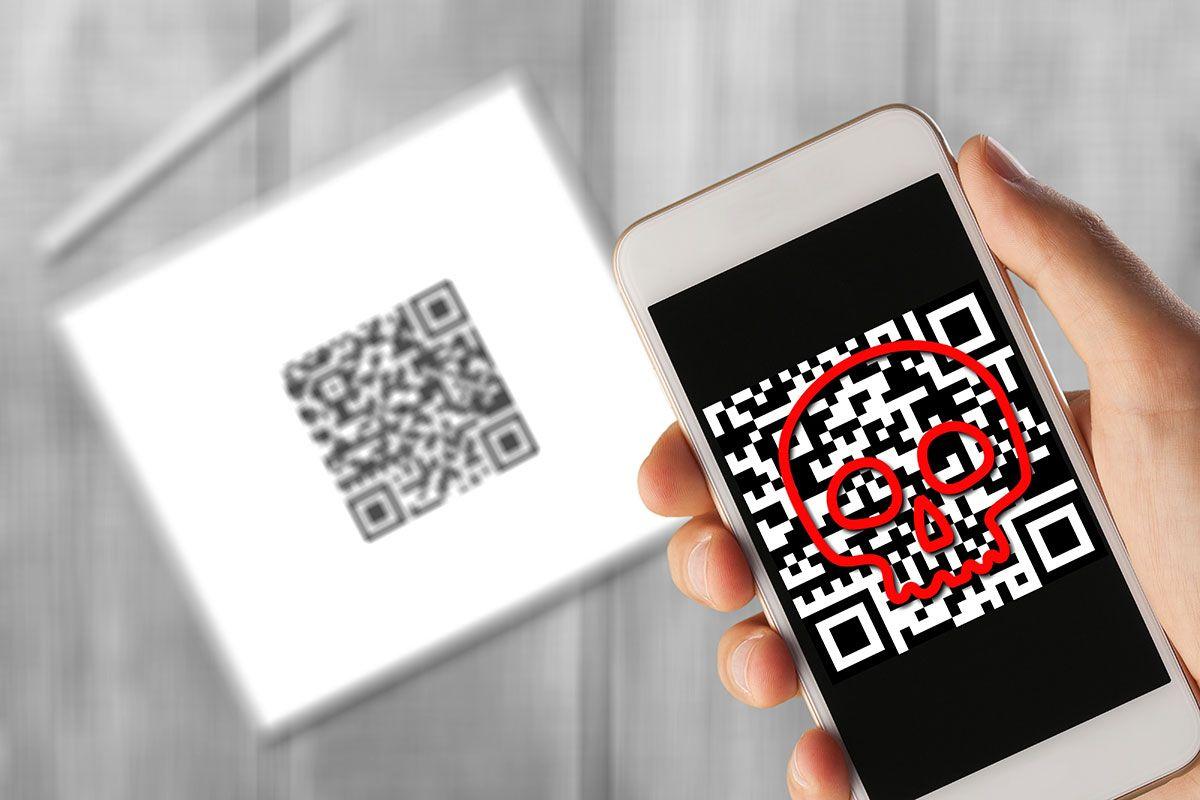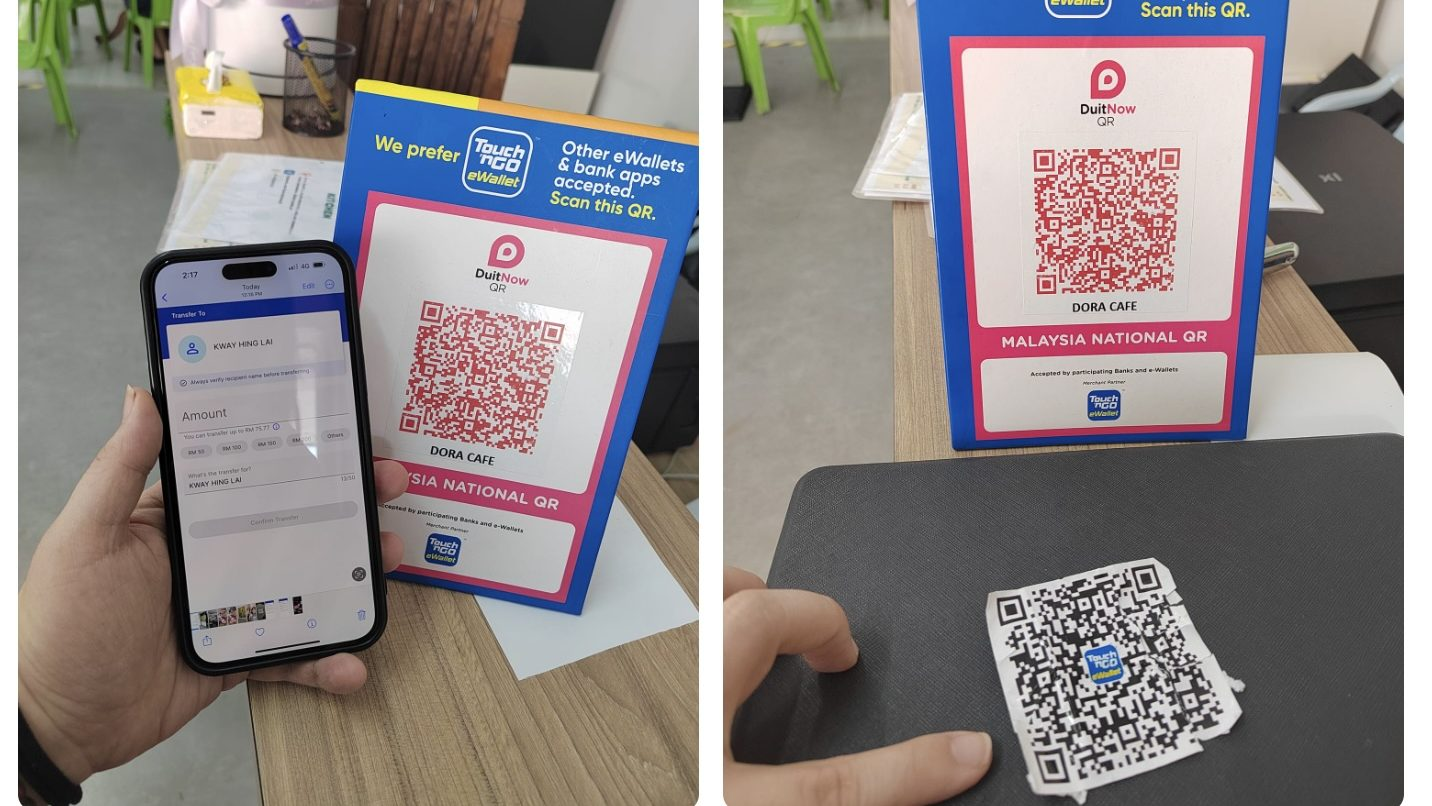Most organizations use QR codes for customer convenience. A person, after scanning a QR code, automatically lands on the company's website where all the necessary information is presented. Undoubtedly, this is quite convenient, as the user does not need to manually enter the address of the company they are interested in.
QR Code Scams
Many well-known companies provide QR codes:
- for paying for goods,
- transferring money to account details.
Scammers are actively working in this area, using the scheme of replacing QR codes, especially in public places. On the internet, they use phishing sites, which allows them to obtain users' bank card information and steal their money.
Money Theft via QR
Scammers have started replacing QR codes on official information signs or placing them in various public places. When scanning the code, the user is redirected to a fake site that is a simulation of the actual service. The result of this scam is the scammers gaining access to the banking data of the trusting individuals who scanned the QR code, which subsequently allows them to take over their funds.
Fake Payment Links
Visually distinguishing a fake QR code from a real one is almost impossible, so it is recommended to initially check the addresses of the websites to which the QR code scanning redirects, especially if entering personal data is required.

Scammers place fake payment links in places with large crowds and where they are actively used for payments, such as:
- parking entrances;
- public transport fare payment;
- at charity events or activities.
Mobile Payment Scams
Fraudsters place scam applications with banking functions on popular platforms, making them as credible as possible. By installing such an application, the user becomes a victim, from whom the following can be stolen:
- banking information;
- payment card numbers;
- banking login passwords;
- card PIN codes.
A convenient menu offers users various banking services and payments. By registering on the site, the user independently provides information to scammers without even realizing it.
Deception through QR Scanners
Scammers practice this type of deception through QR scanners, such as sending gifts or parcels from a company with a QR code present.

Receiving an unexpected parcel always piques curiosity about who sent it, and finding a QR code attached to the gift naturally makes one want to learn more about the company. Often, such codes are part of a scam. After scanning, the user's device is directed to a fake site where:
- personal information is collected;
- phone numbers are read;
- email addresses are remembered;
- credit card banking details;
- home addresses.
The theft of confidential data occurs.
Financial Scammers QR
Most people are vigilant and do not always click on links sent to their email. To counter this, scammers come up with other themes with QR codes. They try to replace QR codes in places where the victim does not even suspect it. There could be QR codes in cafes where it is suggested to pay the bill by following a scanned link. After making the payment, the victim is sure they paid for the service, but in reality, the money is credited to the scammer's account, and as a result, the bill must be paid twice since the cafe did not receive the necessary amount.

Fake Banking QR Codes
To steal money from a bank card, scammers often pose as bank employees. They send phishing emails, supposedly from the bank, offering various new functions or proposals, and invite participation in:
- promotional programs;
- discount programs;
- opening a deposit on very favorable terms;
- taking out a loan at a low-interest rate.
To do this, it is necessary to follow the link read from the QR code. By sending such messages, scammers attach QR codes, hoping that naive users will respond to an offer from a reputable bank. However, on the fraudulent sites, users are required to enter full information about their bank cards, where they are asked not only for the card number but also for its expiration date and the security code on the back.
It should be understood that banks do not request such information; if you are their client, identification occurs through banking, and there is no need to enter information manually.
Protection from QR Scams
To protect against QR code and scanner scams, it is necessary to follow some rules for working on the internet:
- do not scan QR codes you are unsure about;
- do not respond to QR codes sent by unknown users via email or websites;
- do not enter your personal information after scanning a QR code if the link seems suspicious.
- always double-check information about the company;
- do not succumb to psychological pressure;
- do not perform immediate actions required in the link sent with a QR code.

